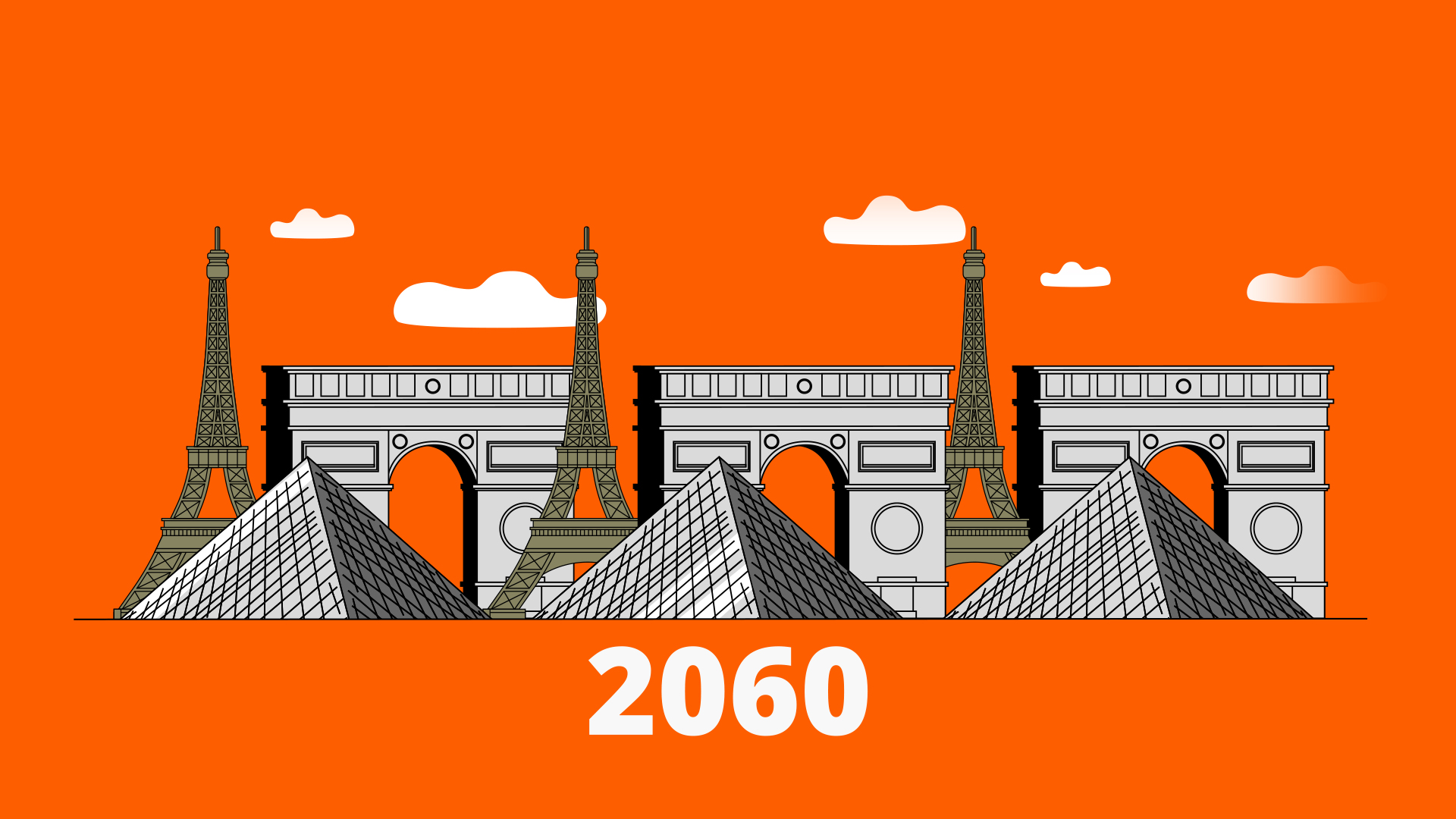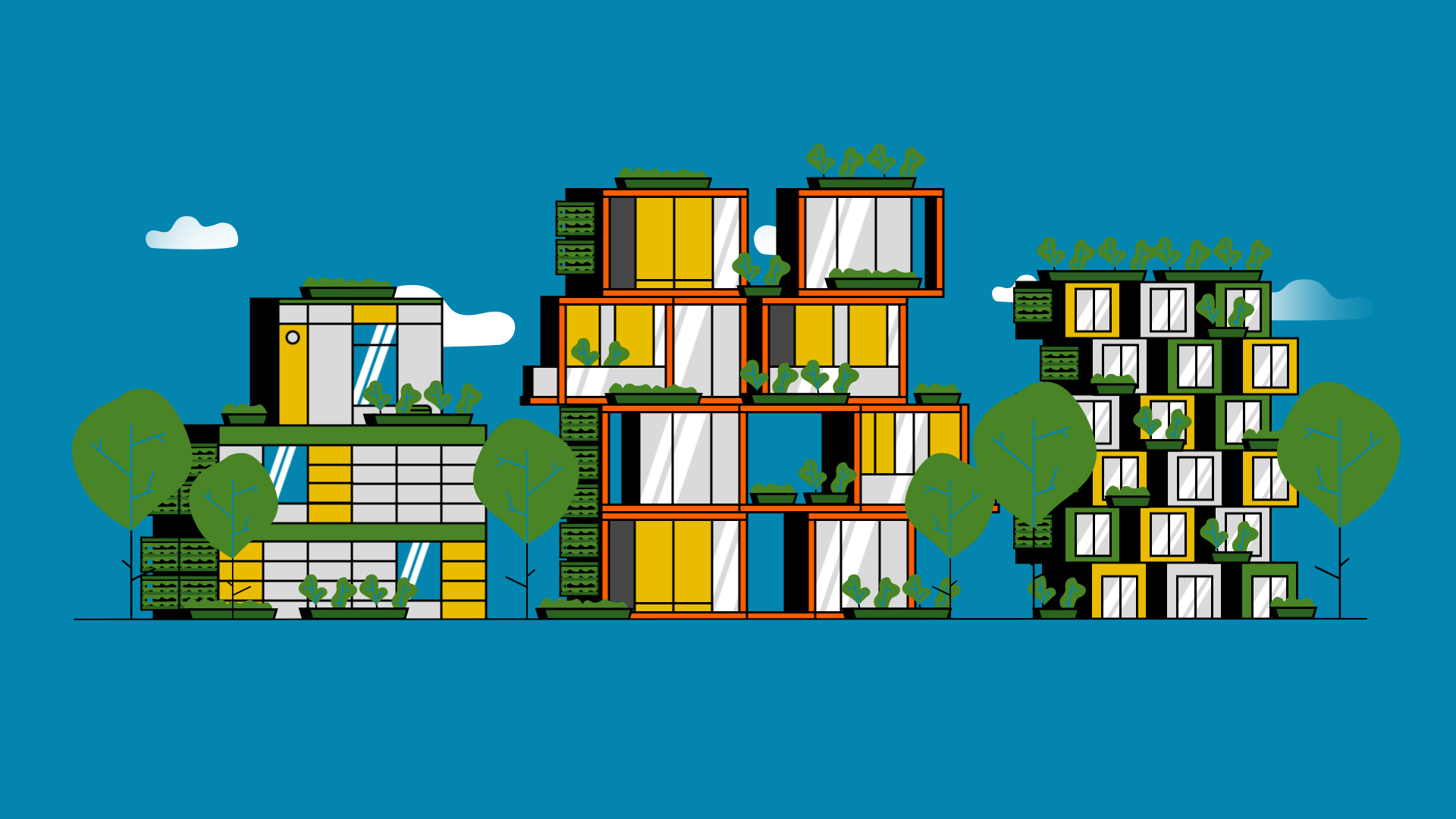Circular construction has the potential to build a bright new future
Built environment processes account for 37% of global CO2 emissions. How much could be eradicated by circular economy principles?
01/08/2024
To make a lasting impact on our collective carbon emissions, we need to apply circular economy thinking to our building practices.
Around 37% of global CO2 emissions are the result of built environment processes – whether that’s forging steel, making concrete or the operational emissions a building generates in its lifetime. Construction is responsible for about a third of global materials demand.
We’re currently building at a rate of one city the size of Paris every week. To stop this having a catastrophic impact on the environment, the construction industry needs to apply circular economy thinking.

Reusing and recycling building materials
By “deconstructing” buildings rather than demolishing them, the industry can ensure materials are recycled.
Take cement. Cembureau, the European cement organisation, calculates that 450-500 million tonnes of cement waste is generated in Europe every year.
Making fresh cement is a carbon-intense process, emitting 250kg of CO2 per cubic metre. Recycled cement has a much smaller carbon footprint and has greater volume stability than virgin material.
And while most steel is already recovered from demolished structures – 87% in the UK– only a small amount of it is repurposed within the construction industry.
With the help of the Ellen MacArthur Foundation – an organisation dedicated to putting the circular economy into practice – the construction industry is ready to join these dots and make huge carbon savings for the planet.

Prioritising nature in construction
To retain the biodiversity of our wild spaces and waters, and protect our urban spaces from disasters like flooding, we need to design new structures with a nature-first approach.
Regenerative design goes beyond being net-zero and making the best use of resources to reverse environmental damage. Treating wastewater, creating green roofs and skins and fostering sustainable wildlife habitats are just a few of the methods it employs.
As the first strategic financial services partner of the Ellen MacArthur Foundation, Intesa Sanpaolo is doing its part to support transformation in our built environment.
The group has a range of financial products and sustainable loans for companies (including construction companies) that can provide evidence of their commitment to the environment. These include conservation of biodiversity, management of water resources and waste, climate change adaptation and net-zero activities.
The group will provide €115 billion of Impact lending by 2025 to support communities and the green transition, together with a €1.5 billion programme (2023-2027) to help people in need.
Intesa Sanpaolo is also committed to net-zero emissions – by 2030 for the operations of the group and by 2050 for loan and investment, asset management and insurance portfolios.
Our built environment impacts all of us. Using circular economy thinking, we can transform building practices from the ground up. This will not only reduce carbon emissions, it will increase our quality of life, and the health of the world around us, every single day.

